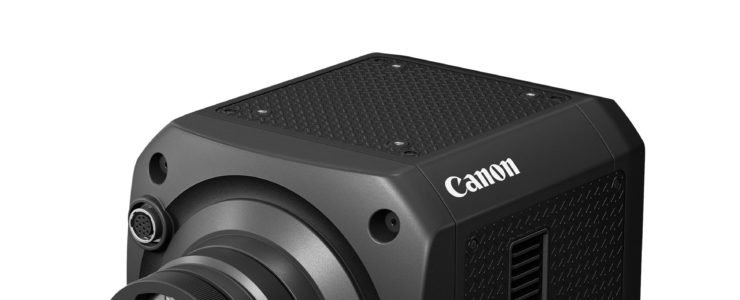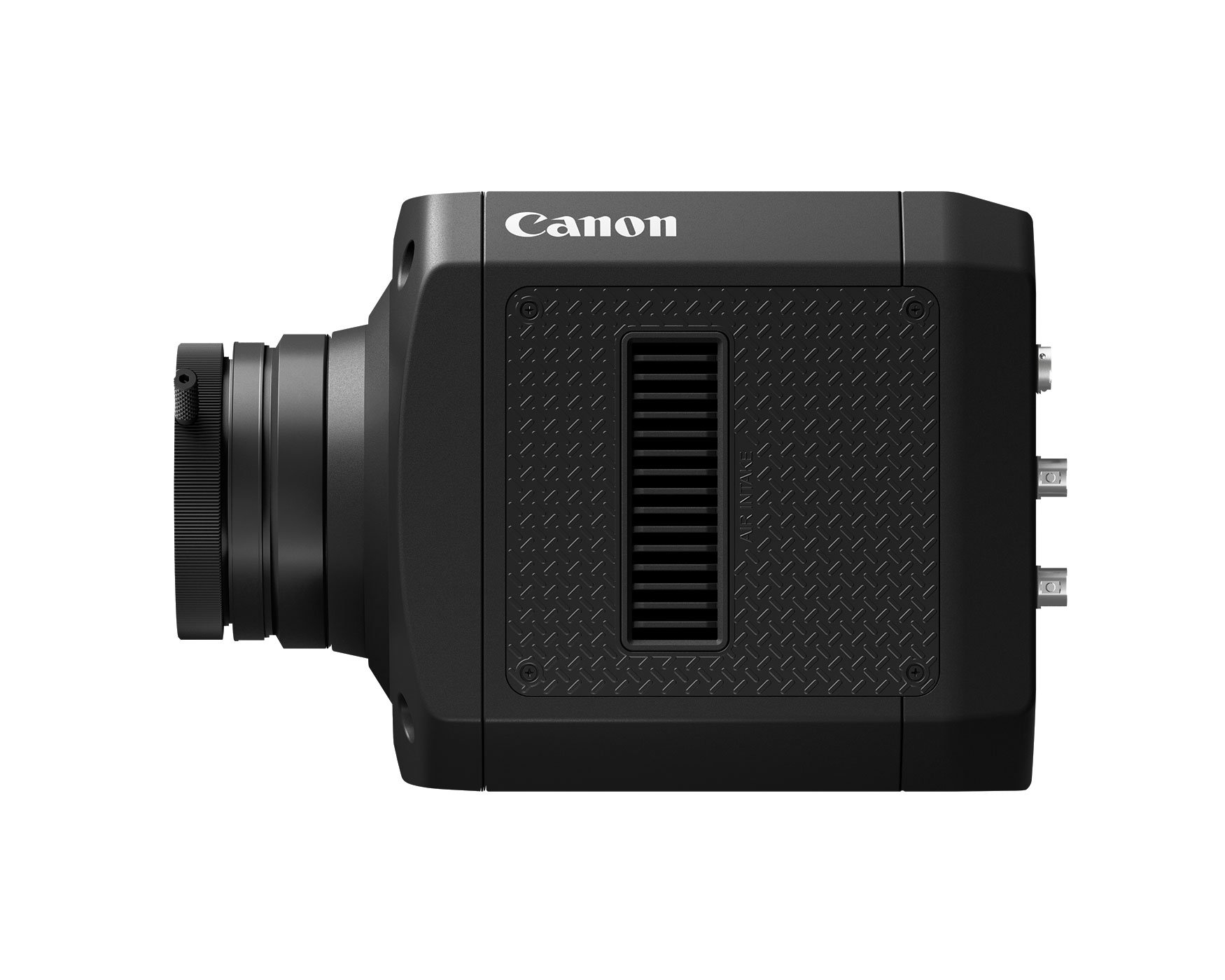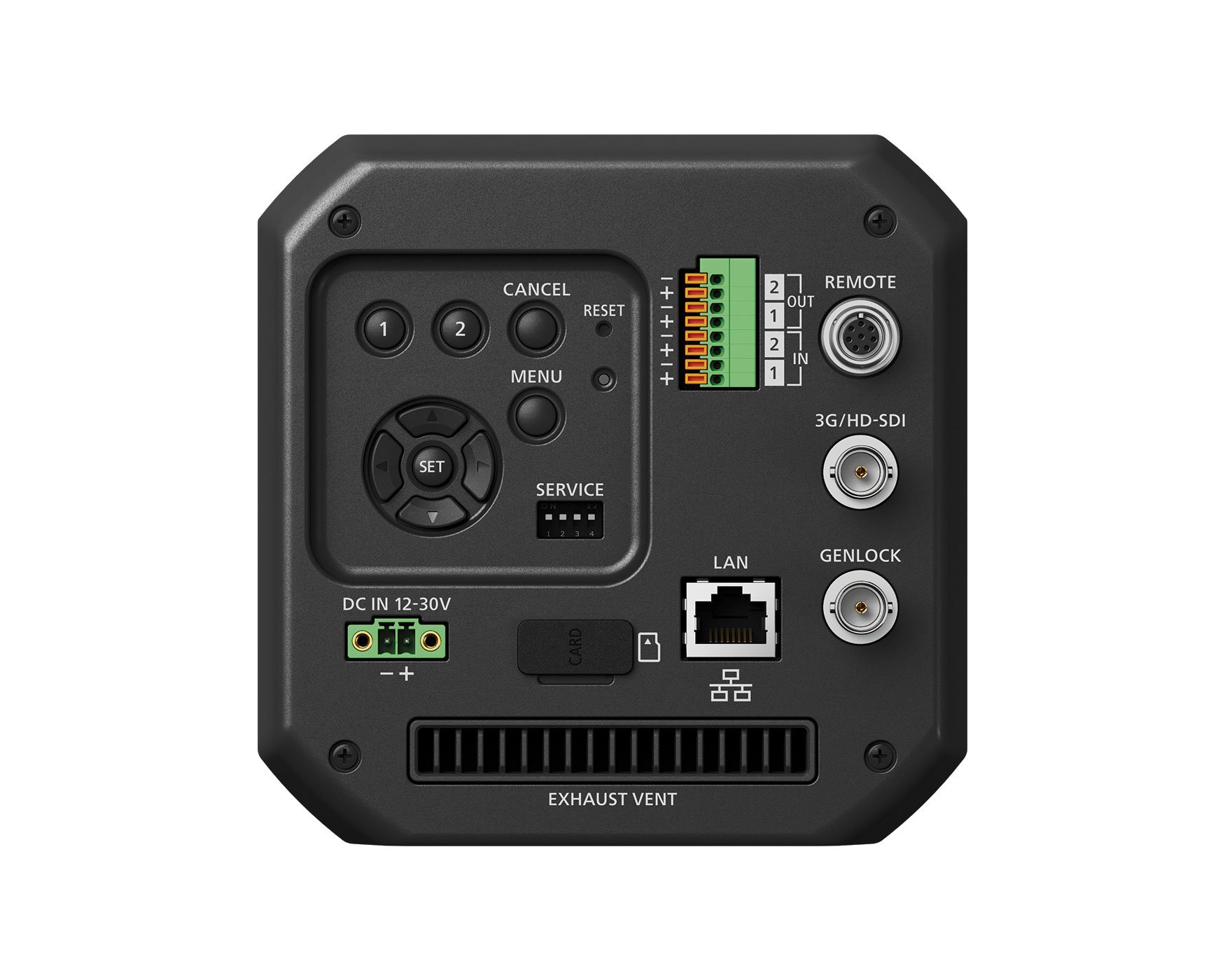Canon Interview: Opening RF Mount To Others, Retro Camera, New Lenses
During Photo & Imaging show in Shanghai, Canon executives gave interviews.
Here are some machine translated excerpts.
What are the advantages of Canon lenses?
- Canon has an extremely well-developed research and development environment that contributes to the development of better camera and lens products. Specifically, we have three large environments: first, design, second, test, and third, production.
- First of all, in terms of design, we have built our own optical design system and a very good simulation system, which allows us to design highly accurate camera and lens products in a relatively short time.
- In addition, in the inspection and production environment, we have built Canon’s own thorough inspection system and production system. Since the technology in this field is becoming more and more mature, each product is carefully polished and specially processed according to the needs of the final realization, so Canon’s products are of high quality and high performance.
Other companies have released their lens roadmaps, but does Canon have plans to release similar roadmaps?
- Canon currently has no plans to announce future lens roadmaps. The reason is that we always want to be able to surprise our consumers.
- Being able to announce the roadmap in advance gives customers a predictable way of knowing that some of these lenses will come in the future. However, Canon wants to surprise customers.
RF-S lenses are still relatively few at this stage. Will more RF-S lenses be released? Is there a lens roadmap for the Tokyo head office?
- I am very sorry that I cannot introduce it here because it is related to concrete future product planning.
- However, it is certain that we will consider further enhancement of RF-S lenses in the future.
Are there any plans for Canon to open up the RF mount, and if so, after Canon has basically completed building the RF lens family?
- As always, I cannot answer specific future research and development plans at this time.
- Although still limited to a few companies, Canon has already opened up the RF mount to third-party lens manufacturers through licensing.
- If we receive a request for an open mount from a third-party lens manufacturer, we will consider whether to license it according to Canon’s own business plan and strategy.
- In fact, we are in contact with several third-party lens companies in this regard.
- We separate whether or not to open the RF door to third parties and whether or not Canon’s own product line is complete.
Canon has a lot of bodies that go down in history, do you have any plans or ideas to release a retro camera?
- In conclusion, I can’t say yes or no, but you are right that some consumers prefer some of the best-selling models in the past, their design and appearance.
- Also, you can see that we have listened to the voices and requests of our customers and made improvements to our EOS body, whether it be appearance or operability. It is very important to me that there is a consumer base that wants a retro body, but unfortunately I have no more information to share.
There is more at asobinet.com. Check it out.








